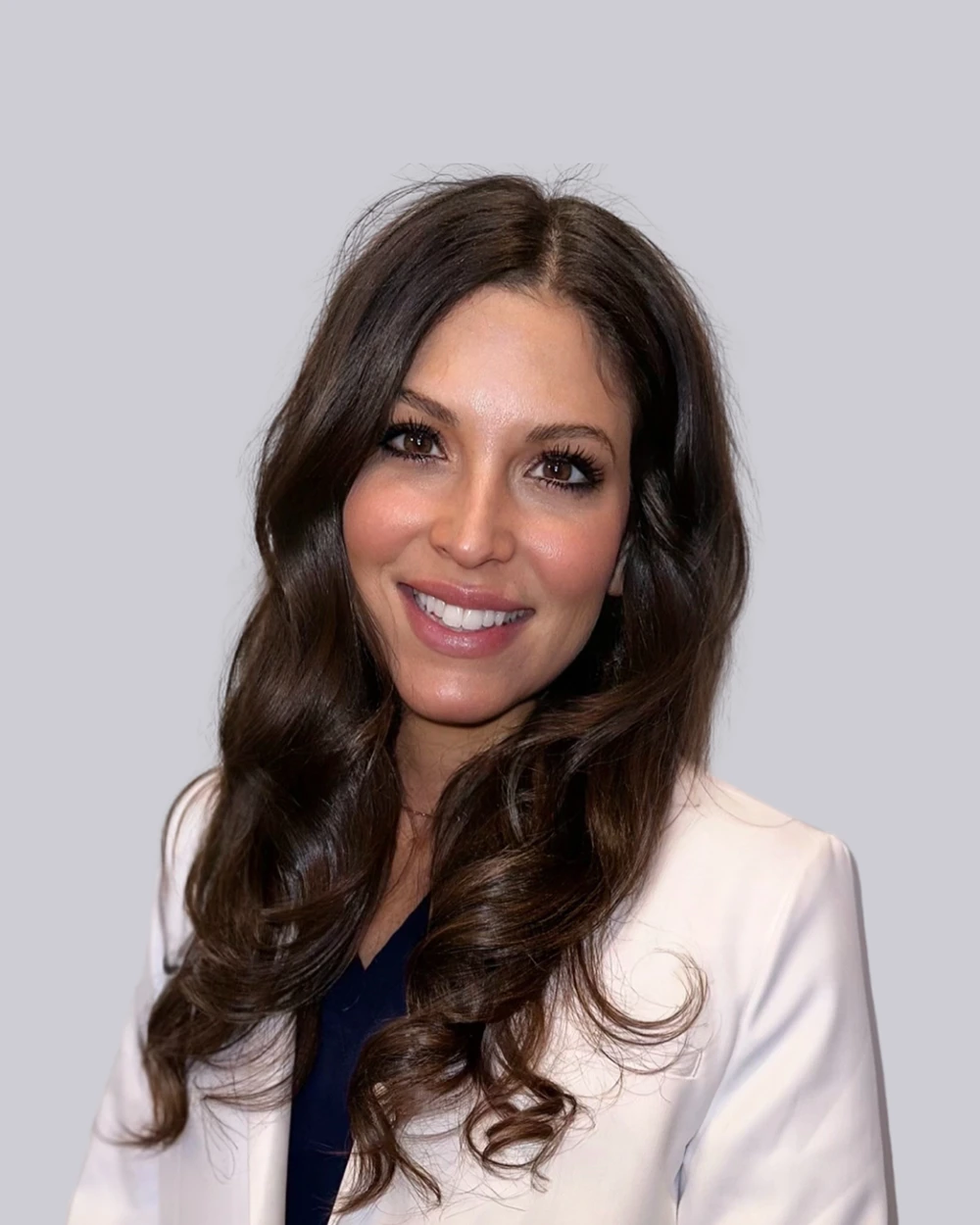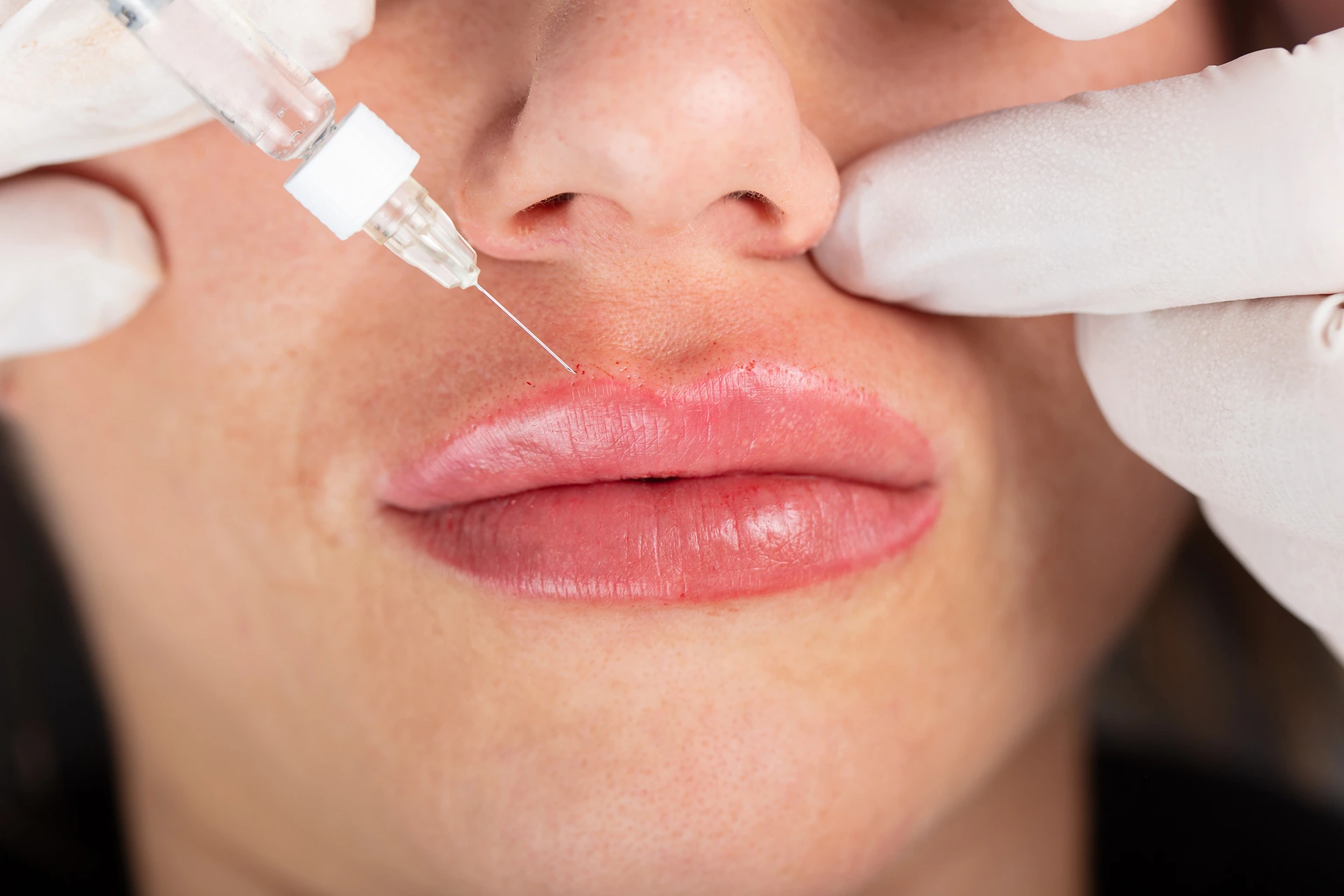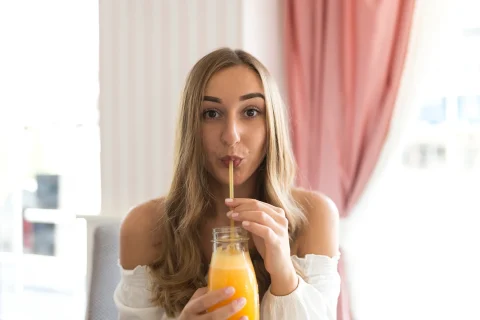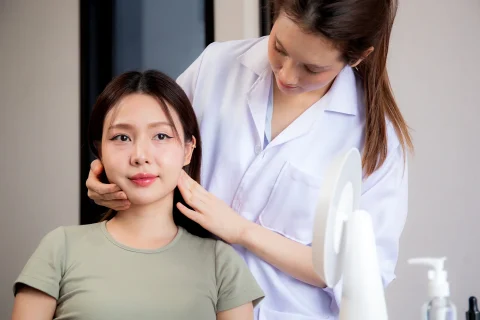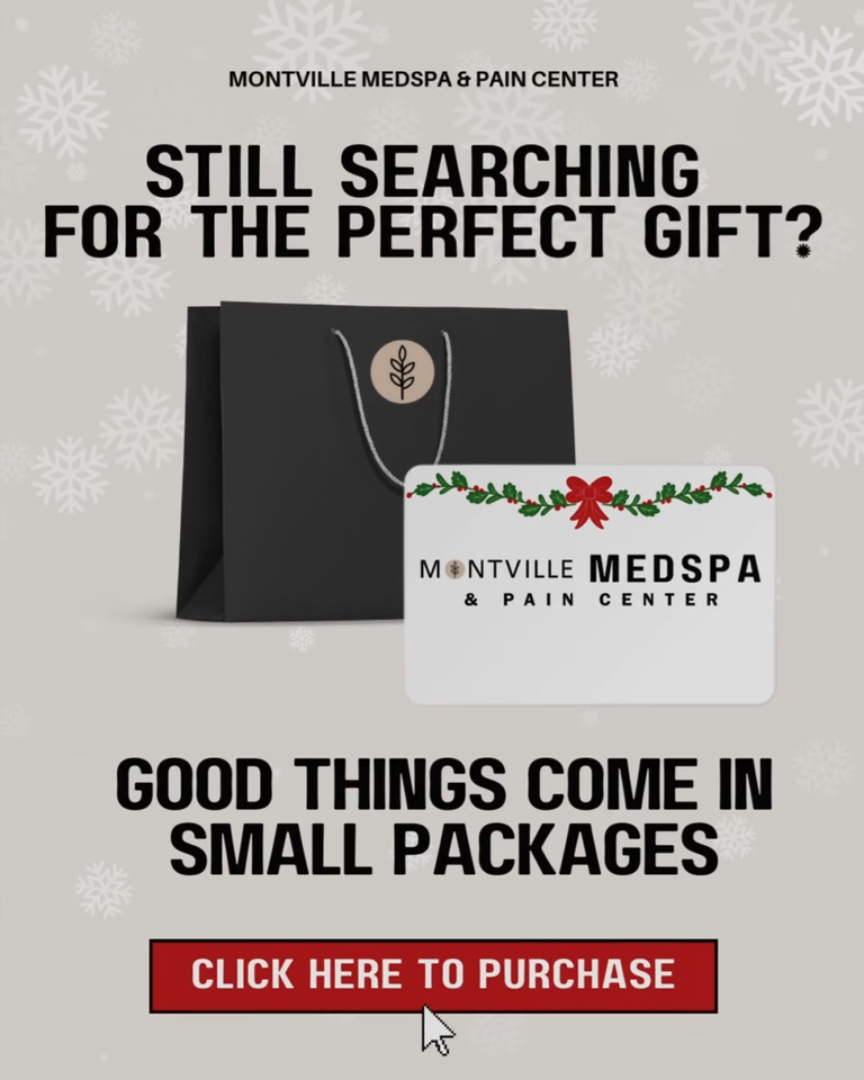A Daily Timeline for Understanding Recovery and Minimizing Discomfort
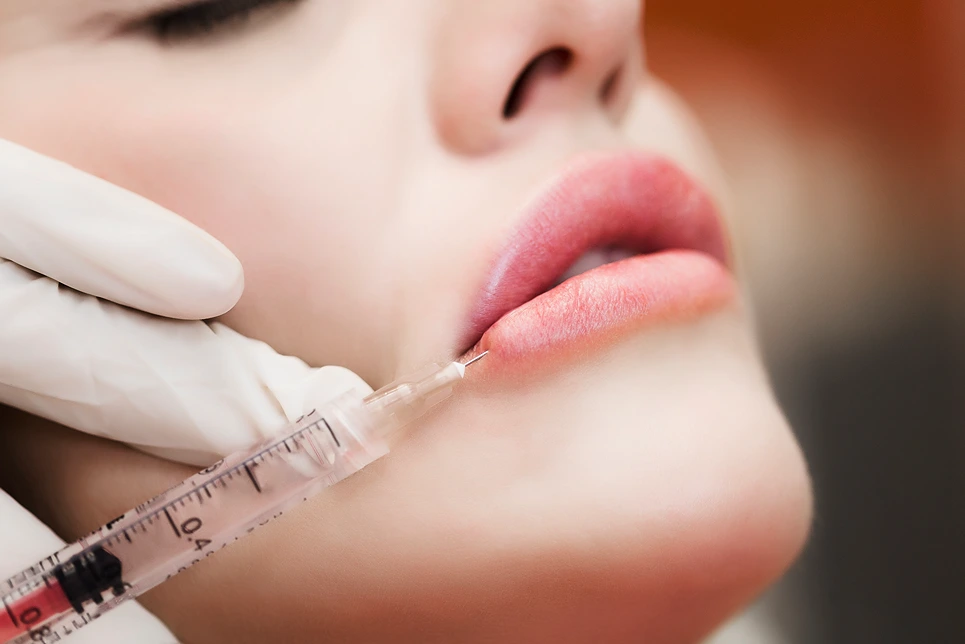
Lip filler injections can cause swelling that peaks at 2-3 days, then steadily improves over 1-2 weeks. Proper aftercare like icing, head elevation, gentle cleansing, and avoiding irritants can help minimize discomfort during the swelling stages after lip fillers.
Many considering lip filler treatments are concerned about potential swelling and recovery. Mild-to-moderate swelling is actually a normal part of the healing process after lip injections. This temporary fullness signals the body’s natural inflammatory response as it works to heal microscopic wounds caused by the filler injection.
Knowing what to expect with lip filler swelling can help ease worries and ensure proper healing. This day-by-day guide outlines the stages of swelling and provides tips to manage discomfort after your lip filler treatment.
With the right information, you can feel prepared and confident about your procedure and results. Monitoring swelling daily allows you to track progress and identify any abnormalities requiring follow-up with your provider.
Schedule a consultation at Montville MedSpa & Pain Center today to learn more about causes of lip filler swelling and how we minimize it for your comfort and safety
What Causes Lip Filler Swelling?
Swelling occurs due to the body’s natural inflammatory response to injections and the placement of filler material in the lips. The lips are extremely vascular, meaning they have a rich blood supply. Needle injections cause localized trauma, triggering the release of chemical compounds that increase blood flow and fluid retention around the area.
The degree of swelling depends on factors like:
| Factor | Description |
| Type of filler used | Hyaluronic acid fillers like Juvederm, Restylane, and Voluma tend to produce more immediate swelling compared to other types of fillers because hyaluronic acid attracts water molecules and expands after injection. Collagen-stimulating fillers like Sculptra produce less initial swelling, but can gradually increase volume over time as collagen builds. |
| Injection technique | More injections into an area and deeper placements into the dermis and subcutaneous fat typically increase swelling compared to fewer, more superficial injections, and larger volumes injected also increase swelling. |
| Facial region treated | Swelling is often more pronounced in more mobile areas like lips and around the eyes while thicker skin areas like cheeks and chin may experience less swelling. |
| Individual differences | Those with an inflammatory tendency or propensity for swelling and bruising are more likely to experience increased swelling after filler injections, and age and skin type can also play a role. |
| History of allergies or other reactions | Patients who have reacted to fillers, cosmetics, or other products in the past may be at higher risk for swelling, and having a history of diseases causing inflammation or swelling can also increase likelihood of these effects. |
| Post-procedure care | Following proper aftercare instructions, using cold compresses, avoiding strenuous activity, keeping head elevated, and taking anti-inflammatory medications as directed can help minimize swelling after filler treatments. |
The Day-by-Day Process of Lip Filler Swelling and Recovery
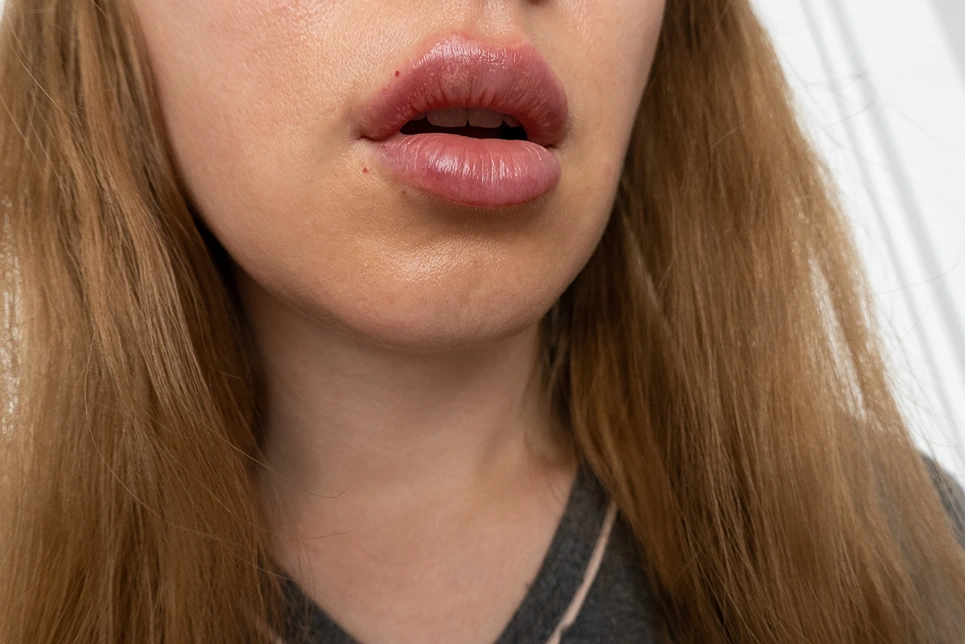
While daunting at first, lip filler swelling should resolve steadily over the course of 1-2 weeks. Proper aftercare also helps minimize swelling during recovery. Here’s what to expect day-by-day:
Day 1 After Lip Injections
The first 24 hours after your lip filler treatment involves the most significant swelling and discomfort. The lips likely feel numb, tingly, tender, and stiff. Bruising is also common.
It’s crucial to:
- Apply ice packs – Wrap ice cubes or a cold compress in a paper towel and hold over the lips for 5-10 minutes at a time to reduce blood flow and swelling. Avoid direct contact with skin to prevent damage.
- Take over-the-counter pain medication like ibuprofen or acetaminophen if directed by your provider to ease discomfort.
- Keep the head elevated, especially when sleeping. Use extra pillows to prop up the head.
- Avoid wearing lipstick or lip gloss for at least the first day to prevent infection. Check with your provider for specific instructions on wearing makeup.
- Stick to a soft, liquid diet to avoid reopening injection sites.
Swelling and discomfort often get worse during the second day before starting to improve.
Days 2-3 After Lip Fillers: Peak Swelling
Expect swelling to reach its peak around days 2-3. The lips likely feel firmer, tighter, and significantly larger during this time. Swelling makes the lips protrude outward and appear smoother by filling in fine lines.
While dramatic, this amount of swelling is temporary and very normal. To manage it:
- Continue icing regularly. Icing helps constrict blood vessels to minimize swelling and provides soothing relief.
- Sleep with the head elevated and lips facing upward.
- Drink lots of fluids to stay hydrated.
- Avoid salty, spicy, or acidic foods that may irritate the tender lips.
- Gently cleanse lips each morning and night with plain water or a mild soap recommended by your provider. Avoid scrubbing.
- Take arnica supplements or use arnica gel/cream to help with bruising and inflammation.
Days 4-7 After Lip Fillers: Swelling Improves
By days 4-7, the swelling should gradually start subsiding. The lips begin to feel softer and look less enlarged. However, they likely still feel mildly tender and a bit lumpy or uneven.
Asymmetry and lumpiness are common and usually temporary side effects of the swelling going down. To address uneven swelling:
- Continue gently massaging the lips, but avoid excessive manipulation. Massage helps break up filler clumps.
- Apply warm (not hot) compresses. The warmth promotes circulation to help smooth bumps.
- Stick to a soft diet. Hard or crunchy foods could worsen lumps.
Be patient, as it takes time for the filler to evenly distribute and settle. Unevenness often resolves within 7-14 days. Consult your provider if it persists longer.
Trust Montville MedSpa & Pain Center’s expert injectors to guide you through each stage of recovery after lip fillers with compassionate care and proven techniques to reduce swelling
1 Week After Lip Fillers
For most patients, the majority of visible swelling resolves about 5-7 days after lip fillers. By one week, the lips start to settle into their enhanced shape. There may be lingering minor swelling, but most evidence of injections fades.
Makeup can now be worn carefully. Avoid matte or long-wear lipsticks that may cling to dry areas. Opt for balms and sheer hydrating formulas. Sun protection is also important to shield the healing lips.
Continue with gentle daily lip massages. Avoid strenuous activity that dramatically raises your heart rate, as it can increase swelling.
2 Weeks After Lip Fillers
Within 10-14 days, almost all swelling and bruising should be resolved. The lips feel and appear softer, smoother and more natural.
While rare, a small subset of patients might experience persistent swelling, lumps or tenderness beyond 2 weeks. Contact your provider promptly if your side effects do not improve within this timeframe. Additional dissolving medication or massage may be required to smooth uneven texture.
Otherwise, enjoy your refreshed, plump pout at this stage! Light massage can be continued if desired to maintain results. Most hyaluronic acid fillers last 6-12 months. Schedule maintenance appointments to sustain your preferred lip fullness.
How to Reduce Swelling from Lip Fillers – The Dos and Don’ts
Here are some dos and don’ts to reduce lip filler swelling and support proper healing:
| Dos | Don’ts | |
| 1 | Ice the lips in 10 minute intervals for the first 72 hours after injections. Icing helps constrict blood vessels and reduces swelling. Use an ice pack wrapped in a paper towel or cloth to avoid direct contact with skin. | Engage in strenuous exercise or activities that dramatically raise your heart rate. This can increase blood flow and swelling. Avoid exercise for 24-48 hours. |
| 2 | Sleep with the head elevated on 2-3 pillows. Keeping the head raised allows gravity to reduce fluid buildup and swelling in the lips. | Drink alcohol or eat salty, spicy or acidic foods. These can all irritate and inflame the injection area. Avoid them for 3-4 days. |
| 3 | Drink lots of water and stay hydrated. Hydration keeps blood flow circulating properly and prevents clotting. Aim for at least 64 ounces per day. | Wear lip makeup for at least 24-48 hours. Cosmetics can introduce bacteria while skin is healing. Let the skin recover first. |
| 4 | Use gentle lip cleansers like saline or plain soap and water. Avoid scrubbing and use a soft touch when cleansing lips. | Pick, rub, massage or manipulate the lips excessively. This can displace filler material and cause further swelling and irritation. Leave your lips alone while healing. |
| 5 | Apply SPF 30+ lip balm before sun exposure. The sun can irritate sensitive post-injection skin. SPF protects delicate new tissue. Reapply every 2 hours. |
When to See Your Doctor
Contact your healthcare provider right away if you experience:
- Severe or worsening pain that isn’t relieved by medication.
- Excessive bruising that spreads down the chin or neck.
- Prolonged unevenness or lumps beyond 2 weeks.
- Signs of infection like pus, redness, heat or fever.
While daunting, swelling is a normal part of the lip filler process. Proper aftercare helps minimize swelling for a comfortable recovery. Be sure to avoid blood thinners and plan downtime after your treatment. With patience, your enhanced lips emerge beautifully as the swelling resolves!
Don’t take chances with your health – contact Montville MedSpa & Pain Center right away if you have any concerns about swelling or other side effects after your lip filler procedure
Seeking Natural-Looking Lip Enhancement?
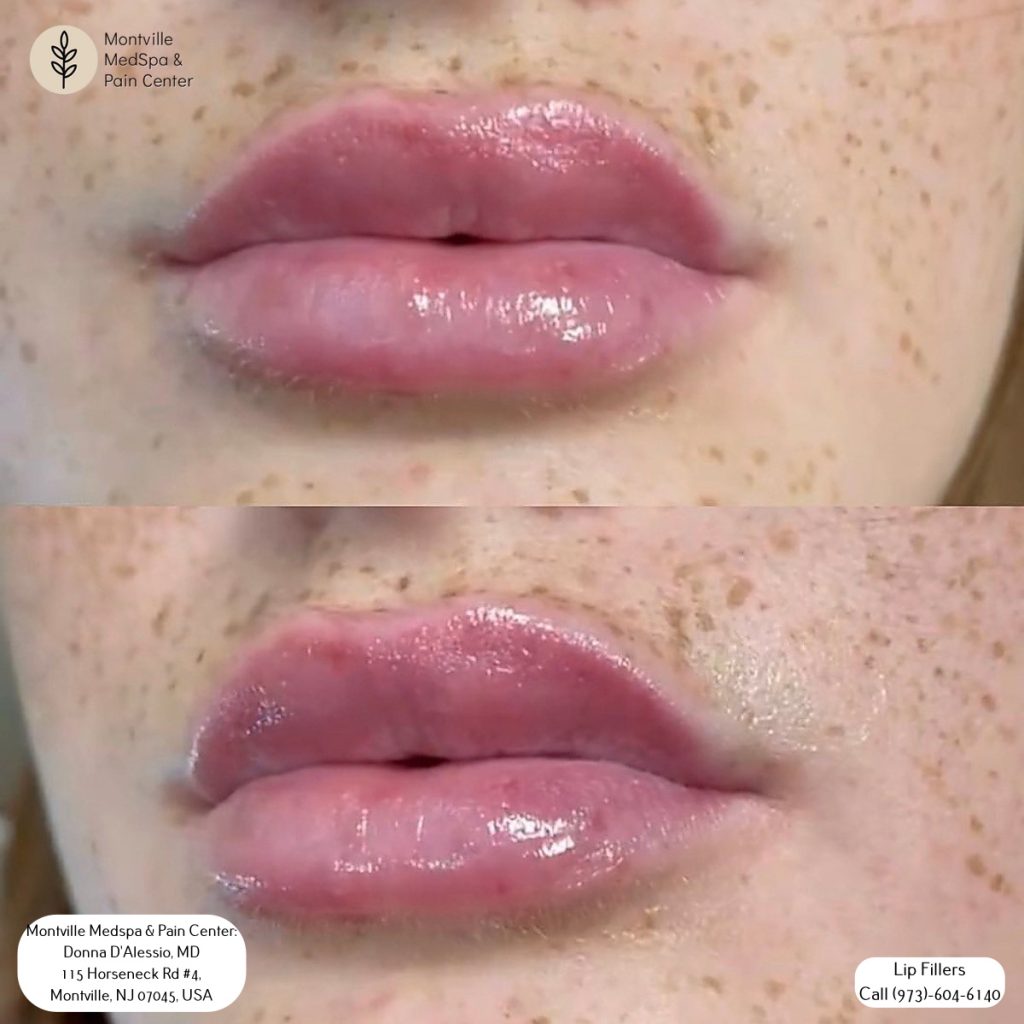
The expert injectors at Montville MedSpa & Pain Center provide natural-looking lip fillers tailored to your individual needs and facial anatomy. We use the latest techniques to minimize swelling and discomfort. Contact us today to schedule your lip filler consultation!

